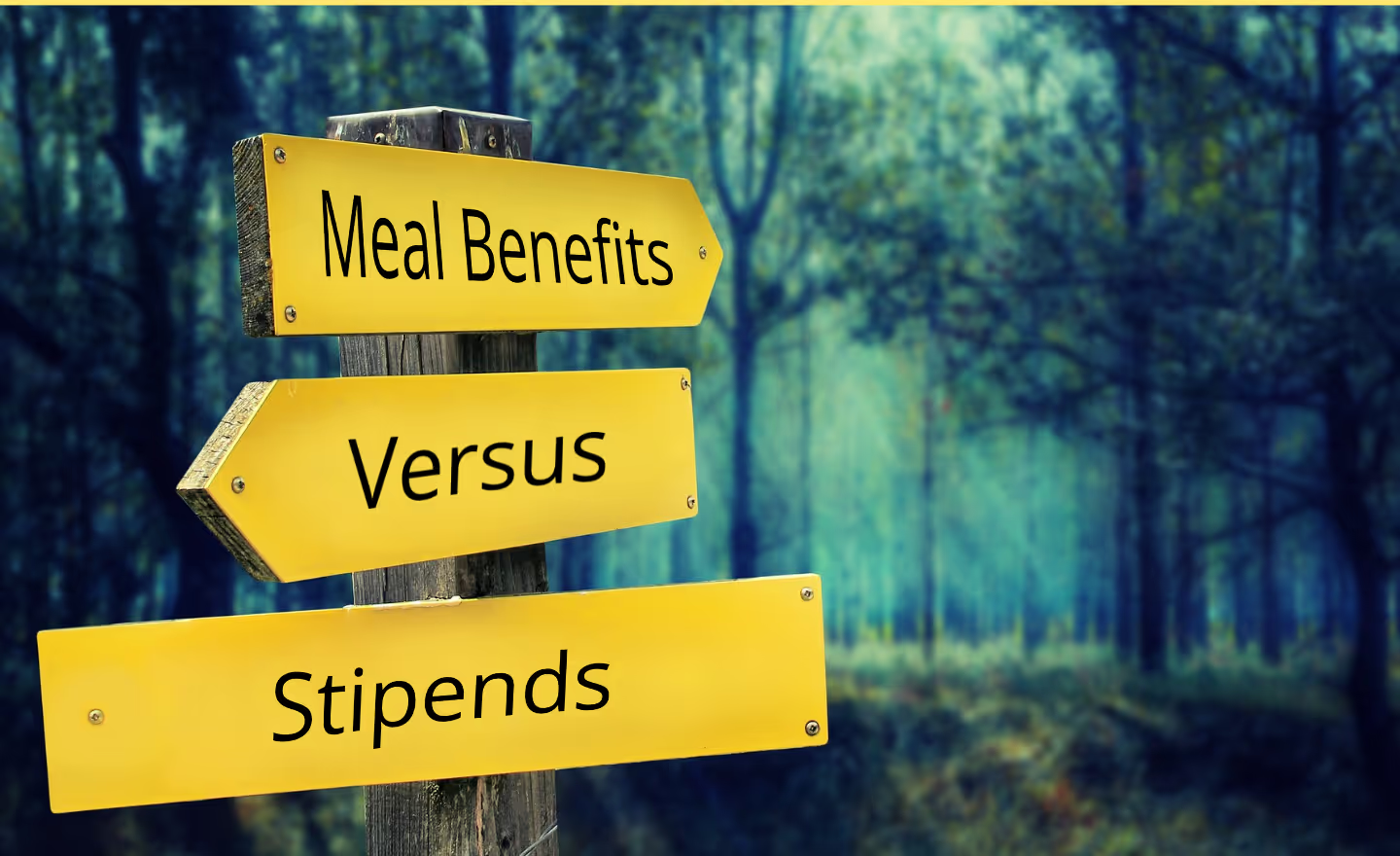Imagine walking into your workplace and being greeted by the aroma of freshly prepared meals, ready to fuel your day. This isn’t just a modern perk; the concept of employer-provided meals has a rich history that dates back centuries. From the communal dining halls of early industrial factories to the gourmet cafeterias of today’s tech giants, employer meal programs have evolved significantly. But have you ever wondered how this practice came to be? Let’s explore the interesting history of employer-provided meal benefits.
Early Origins of Company Meal Benefits
The roots of employer-provided meals trace back to the late 19th century in the United States. During this period, companies began experimenting with what would later be termed “welfare capitalism.” These programs aimed to improve employee well-being and productivity by offering various benefits within a master planned community that would have employee subsidized housing, schools, restaurants, shops and marketplaces.
Companies like Pullman Palace Car Company and Hershey Chocolate Company were pioneers in providing these types of benefits to their workforce. The motivation behind this practice was multifaceted: It not only enhanced employee morale but also ensured that workers stayed on-site during breaks, minimizing disruptions.
World War II and Post-War Era
World War II played a pivotal role in shaping the adoption of meal benefits. With rationing and shortages affecting food supplies, companies stepped up to provide meals to their employees. Cafeterias became common fixtures in factories and large offices, serving as communal spaces where colleagues could bond over a hot meal.
The post-war period saw the continuation of this trend. Companies recognized that well-fed employees were more productive and engaged. The cafeteria culture persisted, and meal benefits became an integral part of the employment package in Europe.
Legal and Tax Considerations of Employee Meal Benefits
As the practice of providing meals expanded, legal and tax considerations came into play. The Internal Revenue Service (IRS) established guidelines for employer-provided meals. To qualify as a tax-free benefit, meals had to meet specific criteria, such as being provided on the employer’s premises and for the convenience of the employer.
Companies had to demonstrate the necessity of offering meals. For example, if an employee worked late hours or had limited access to nearby food options, providing meals became a legitimate business expense.
Geographical Variations
The prevalence of meal benefits varies across countries and regions. Here are some notable examples:
- United States: Cafeterias and meal allowances remain common in American workplaces and factories. Tech giants in Silicon Valley are known for their gourmet cafeterias, offering diverse cuisines to employees.
- South America: Brazil has been a strong proponent of employee provided meal benefits for some time. These come in two forms, typically employees in Brazil would receive a meal voucher card which could be used at almost any restaurant and they would also receive a food voucher which could be used at supermarket and groceries stores.
- Europe: European countries have their own traditions. In France, the “ticket restaurant” system allows employees to receive meal vouchers. In Germany, companies often provide subsidized meals or operate a Mensa (canteen/cafeteria).
- Asia: In Japan, the concept of “bento” (boxed lunches) has deep cultural roots. Many Japanese companies offer bento boxes to employees. Similarly, South Korea emphasizes communal dining spaces with cafes/cafeterias that serve a mixed variety of dishes.
Modern Trends In Feeding Your Workforce
In recent years, meal benefits have evolved. Here are some trends:
- Flexibility: Some companies now offer food stipends or allow employees to choose from local restaurants. This flexibility caters to diverse dietary preferences.
- Remote Work: The rise of remote work has challenged traditional cafeteria setups. Companies are exploring virtual meal options or reimbursing employees for home-cooked meals.
- Wellness Focus: Health-conscious employers emphasize nutritious options. Salad bars, organic choices, and allergy-friendly menus are gaining popularity.
Employer-provided meal benefits have come a long way since their inception. From wartime provisions to today’s gourmet cafeterias and food stipends, they remain a vital part of employee satisfaction and well-being. So, the next time you enjoy that office lunch, remember the rich history behind it!






